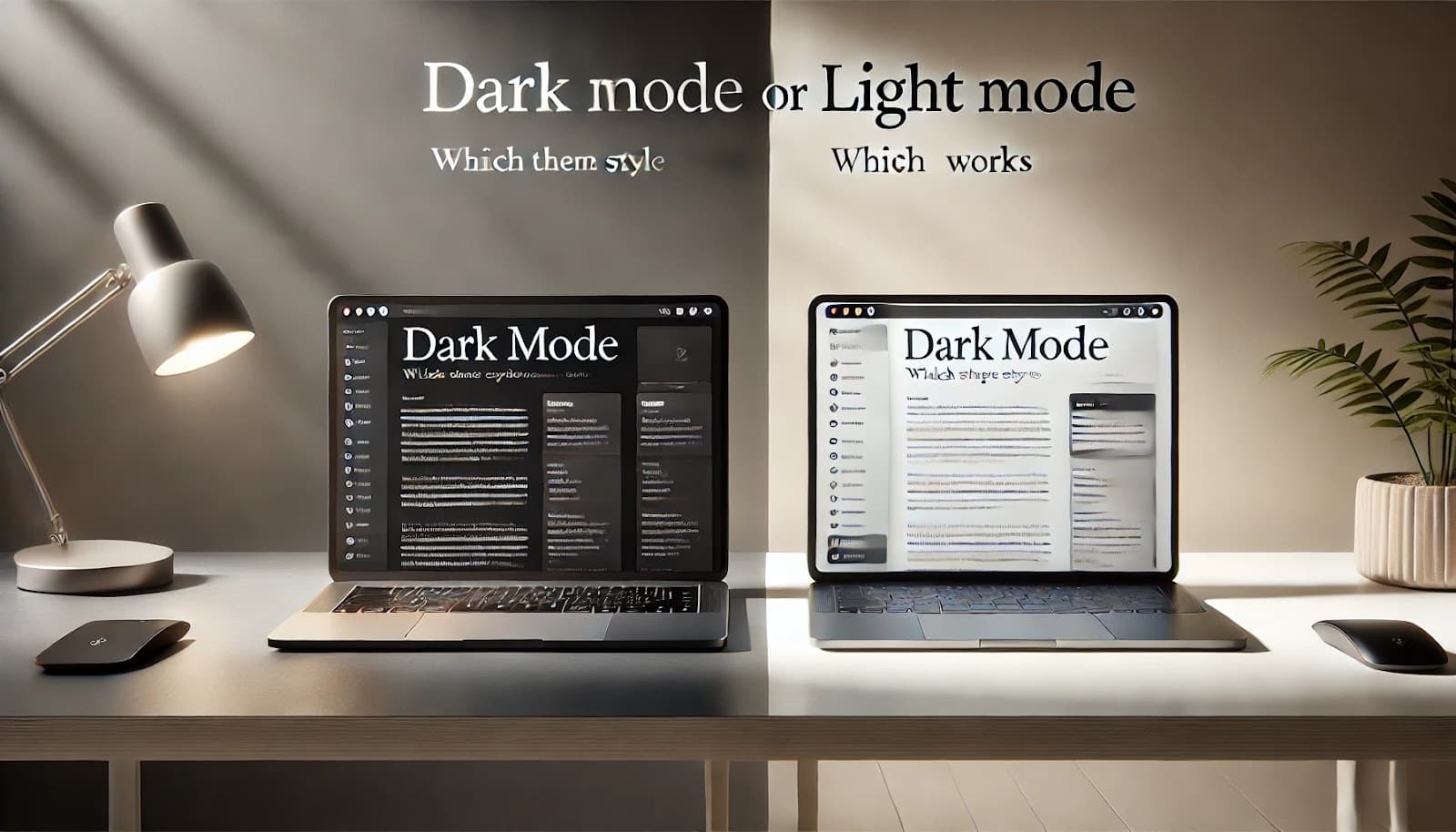10 Best WordPress Themes for Financial and Investment Blogs
Choosing the right WordPress theme for a financial or investment blog is crucial to ensure a professional and user-friendly experience for visitors. The best themes should combine sleek, modern designs with the functionality needed for displaying financial data, charts, and engaging content. Features such as SEO optimization, mobile responsiveness, and integration with financial plugins are essential to keep your site fast, secure, and easy to navigate. Themes with customizable options, such as various layout styles and widgets, are perfect for bloggers who want a personalized touch while maintaining a trustworthy and authoritative look. If you are building a platform similar to the Exness trading blog, it’s important to prioritize themes that emphasize financial data presentation while ensuring content clarity and accessibility for your audience.
Among the top themes for finance and investment blogs, several stand out for their premium features and dedicated support. For example, themes like FinancePlus and Grand Portfolio offer excellent tools for displaying financial reports, charts, and even stock market tickers. Other options, like Investment and Banking, cater specifically to niche financial needs, with advanced security features and customizable financial calculators. Whether you’re writing about stock trading, investment strategies, or market trends, selecting the right theme can enhance your blog’s appeal. For inspiration, take a look at how successful financial blogs, such as the trading blog, utilize clean layouts and easy-to-read fonts to keep their content engaging and accessible.
Overview of WordPress
WordPress is one of the most popular and versatile content management systems (CMS) used for building websites and blogs. It was initially launched in 2003 as a blogging platform but has since evolved into a robust tool that powers a significant portion of websites across the internet, ranging from personal blogs to complex business sites. WordPress is open-source, meaning it’s free to use and customizable, with a large community of developers creating plugins, themes, and extensions to enhance its functionality.
The platform is known for its user-friendly interface, which makes it accessible to both beginners and experienced developers. It allows users to create and manage content without requiring extensive technical knowledge. WordPress offers thousands of themes, which control the design and layout of a website, and plugins, which extend the functionality, such as adding SEO tools, contact forms, e-commerce capabilities, and much more. Additionally, WordPress is highly flexible, enabling users to build any type of site—from blogs and portfolios to online stores and corporate websites—while benefiting from regular updates and an active support community. Its scalability, combined with a wide range of customization options, has made WordPress the go-to platform for individuals and businesses alike.
Criteria for Choosing the Best WordPress Themes
When selecting the best WordPress theme for your website, several criteria should be considered to ensure both functionality and user experience are top-notch. Here are some essential factors to guide your decision:
- Design and Customization: The theme should align with your website’s aesthetic and purpose. A clean, professional design is crucial for any niche, especially for businesses or blogs in finance, where trust and credibility are key. Look for themes that offer customization options, such as layout flexibility, color schemes, and typography settings, to allow you to create a unique look that suits your brand.
- Responsive and Mobile-Friendly: With the majority of web traffic coming from mobile devices, it’s essential to choose a theme that is fully responsive. This ensures your site will function well on all screen sizes, from desktops to smartphones, providing a seamless user experience.
- Performance and Speed: A fast-loading website is crucial for user retention and SEO. Themes that are optimized for speed reduce bounce rates and improve site performance, especially for image-heavy or content-rich pages. Check for lightweight themes that don’t overload the site with unnecessary code or features.
- SEO-Friendliness: Search engine optimization (SEO) is vital for any website aiming to rank well on Google. The best themes are designed with clean and semantic code, proper heading structure, fast load times, and compatibility with popular SEO plugins like Yoast or Rank Math.
- Security Features: Since WordPress is a popular platform, it is also a target for hackers. Choose themes that follow best security practices and come from reputable developers who provide timely updates and security patches. Additionally, compatibility with security plugins can enhance protection.
- Support and Updates: Choose a theme from a reputable developer who offers regular updates and reliable customer support. This ensures that your theme stays compatible with the latest WordPress version and can quickly address any issues that arise.

How to Choose the Right Theme for Your Financial Blog
Choosing the right theme for your financial blog is crucial to ensure it not only looks professional but also supports the specific needs of your niche. Here are key considerations to help you make the best choice:
- Prioritize a Clean and Professional Design: A financial blog needs to exude credibility and professionalism. Look for themes that feature a minimalist design with clear typography, straightforward navigation, and organized layouts. The design should make it easy for visitors to read complex financial data and navigate through articles, resources, and financial tools. Avoid overly flashy themes that might detract from the trustworthiness of your content.
- Focus on Functionality for Financial Content: Since financial blogs often feature charts, graphs, and data-driven content, ensure the theme supports these features. Themes with built-in compatibility for financial widgets, calculators, or even stock market tickers are ideal. Some themes come with custom modules for displaying financial news, stock performance, and analysis, which can enhance the user experience and engagement.
- Mobile-Responsive and Fast Loading: The majority of users will access your blog on mobile devices, so choosing a theme that is fully responsive is a must. This ensures your content will display correctly on all screen sizes. Additionally, since financial content can be data-heavy, your theme should be optimized for speed to ensure fast load times, as slow sites can turn potential readers away and harm your SEO.
- SEO Optimization: A well-optimized theme will help your financial blog rank higher in search engine results, making it easier for potential readers to find your content. Look for themes that are designed with SEO in mind, featuring clean code, optimized images, and proper heading structures. Many themes also integrate seamlessly with SEO plugins, allowing you to further optimize your content.
- Security Features: Financial blogs often deal with sensitive information and need to ensure both their own security and the protection of their users. Choose a theme that adheres to best security practices, supports SSL certificates, and is regularly updated. An insecure theme can leave your blog vulnerable to hacks, which could compromise your credibility.
Top 10 WordPress Themes for Financial and Investment Blogs
Here’s a list of Top 10 WordPress Themes for Financial and Investment Blogs that are well-suited for anyone looking to create a professional and feature-rich platform in the finance niche:
1. FinancePlus
- Key Features: This theme comes with a sleek design that’s perfect for financial blogs. It includes various pre-built demos, custom widgets, and advanced typography options.
- Pros: Highly customizable, SEO-friendly, and mobile-responsive.
- Cons: Limited free version, some advanced features require premium versions.
- Best For: Personal finance blogs, investment advice, or financial news sites.
2. Divi
- Key Features: Divi is a popular multipurpose theme with a visual page builder, making it easy to create custom layouts. It also offers advanced design settings and options for financial blogs.
- Pros: Drag-and-drop builder, visually appealing, and highly flexible.
- Cons: Can be overwhelming for beginners due to the large number of options.
- Best For: Bloggers who want full control over design and functionality.
3. TheGem
- Key Features: A multi-purpose theme with over 400 demos, including financial-related ones. It includes integrated tools for financial blogs and easy-to-use page builders.
- Pros: Fast loading, versatile design, and built-in demo content.
- Cons: Some advanced features may require additional customization.
- Best For: High-quality, professional finance blogs and investment platforms.
4. Astra
- Key Features: Astra is a lightweight theme that offers speed and flexibility. It includes starter templates ideal for financial blogs and can be easily customized.
- Pros: Very fast, SEO-optimized, and integrates with major page builders like Elementor.
- Cons: Some features are locked behind a premium version.
- Best For: Bloggers who prioritize speed, simplicity, and SEO.
5. Stockholm
- Key Features: Stockholm is a highly aesthetic theme that offers a professional and modern design ideal for financial blogs, including various demo options and layouts.
- Pros: Beautiful design, easy-to-navigate, and multiple pre-made demos.
- Cons: Some demos might require more customization for financial-specific needs.
- Best For: Investment, trading, and portfolio blogs.
6. Financity
- Key Features: A clean and professional theme designed specifically for financial websites. It supports financial calculators, pricing tables, and blog layouts.
- Pros: Fast, secure, and tailored for financial services and blogs.
- Cons: Limited advanced customization options.
- Best For: Personal finance blogs, financial advice, and investment blogs.
7. Kalium
- Key Features: Kalium offers multiple creative demos, including those suited for business and finance blogs. It integrates with Elementor for drag-and-drop customization.
- Pros: High customization, flexible design, and fast loading times.
- Cons: Somewhat complex for users who are not familiar with advanced features.
- Best For: Investment firms, financial planners, and business-oriented blogs.
8. Zeko
- Key Features: A minimalist theme designed for business and finance websites. Zeko focuses on clean lines and easy navigation, with demo options for financial blogs.
- Pros: Simple and effective design, mobile-responsive, and quick setup.
- Cons: Lacks some of the more advanced features available in other themes.
- Best For: Financial consulting and investment blogs.
9. Finance
- Key Features: This theme is specially designed for finance-related websites, including tools for showcasing investment portfolios, financial calculators, and news updates.
- Pros: Simple, clean design with built-in financial tools.
- Cons: Limited customization outside the pre-built options.
- Best For: Financial consultants, stock brokers, and financial news blogs.
10. Savoy
- Key Features: A modern and elegant theme that offers a minimalist approach to financial blog designs. It includes powerful visual elements and a straightforward layout.
- Pros: Clean, modern design with a focus on content.
- Cons: Some features may require a higher degree of technical knowledge to implement.
- Best For: Investment blogs, portfolio showcases, and financial advisors.
Conclusion
Selecting the right WordPress theme for your financial and investment blog is essential for creating a professional and functional online presence. The themes listed above cater to various needs, from sleek and minimalist designs to feature-rich options that include financial calculators, stock market widgets, and investment portfolio showcases. When choosing a theme, it’s crucial to prioritize speed, security, customization, and SEO-friendliness, as these elements will directly impact both user experience and your site’s performance on search engines. By selecting a theme that aligns with your content and goals, whether it’s offering financial advice, sharing investment strategies, or providing market insights, you can ensure that your blog not only looks great but also serves the needs of your audience effectively.























